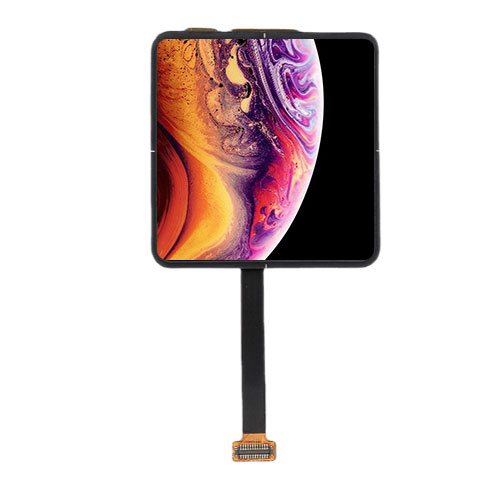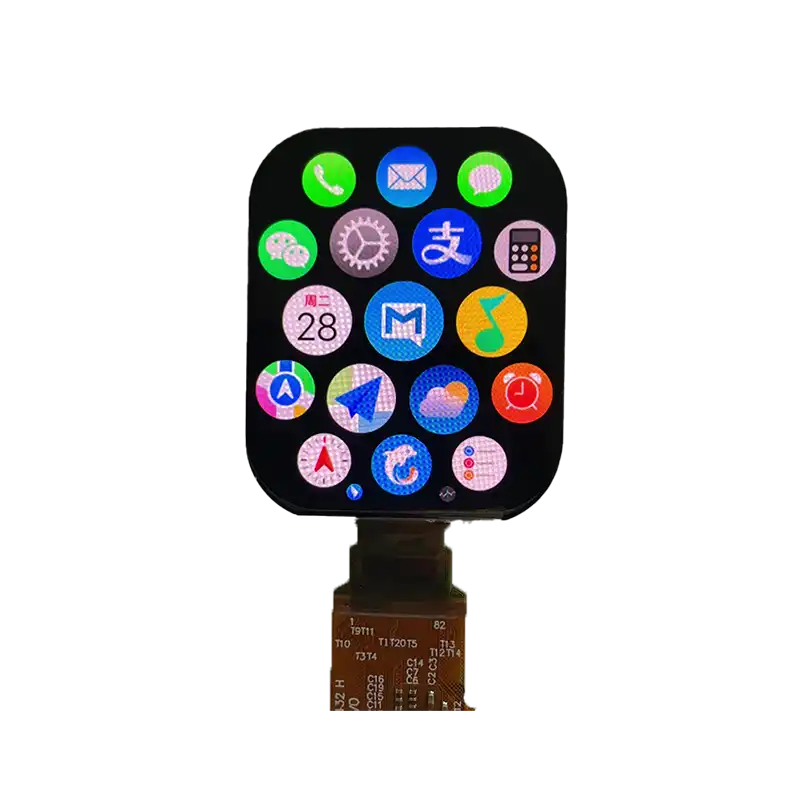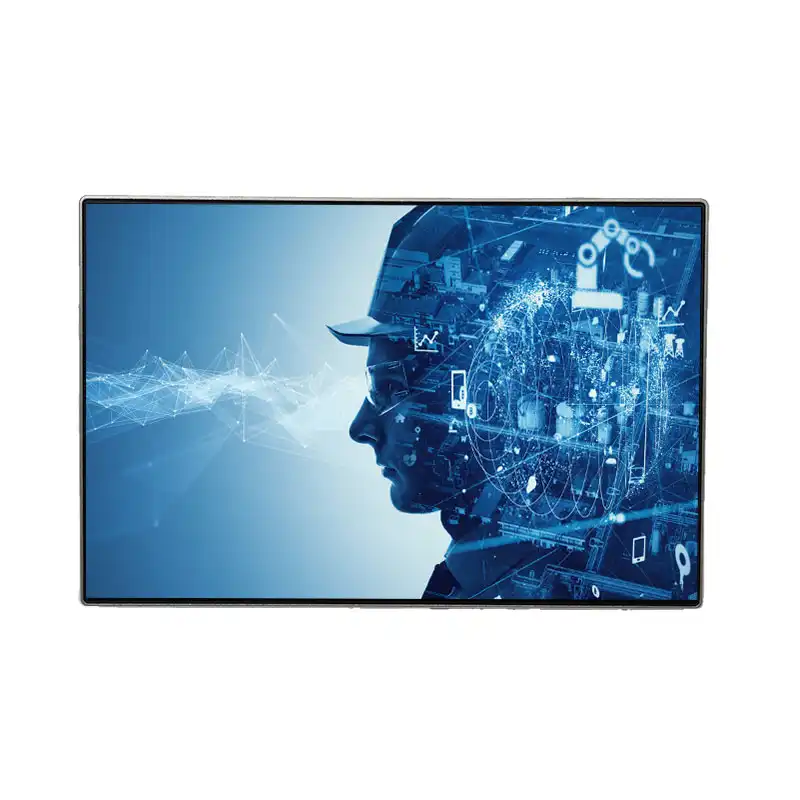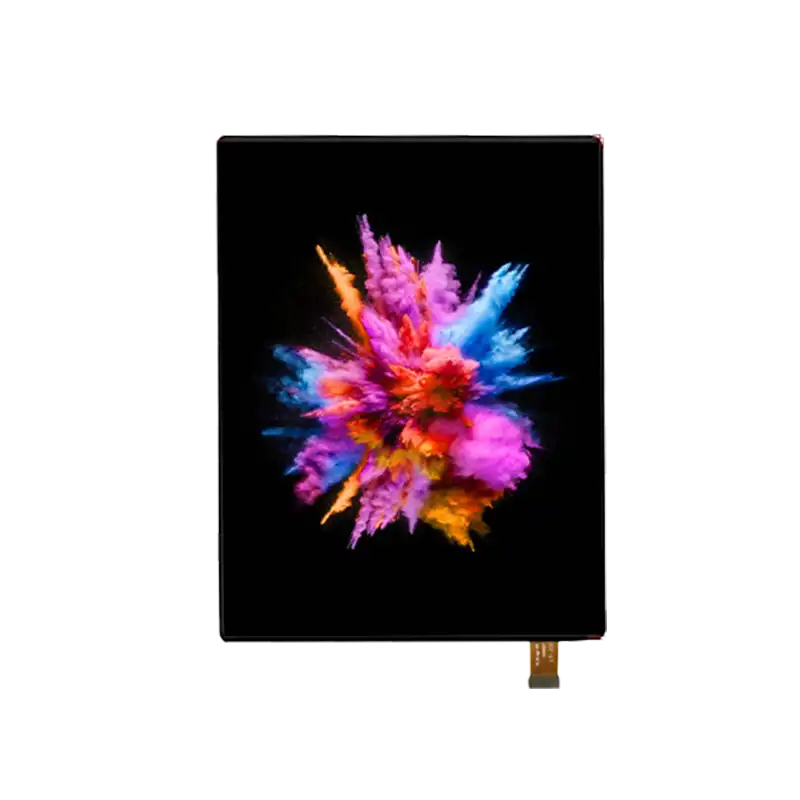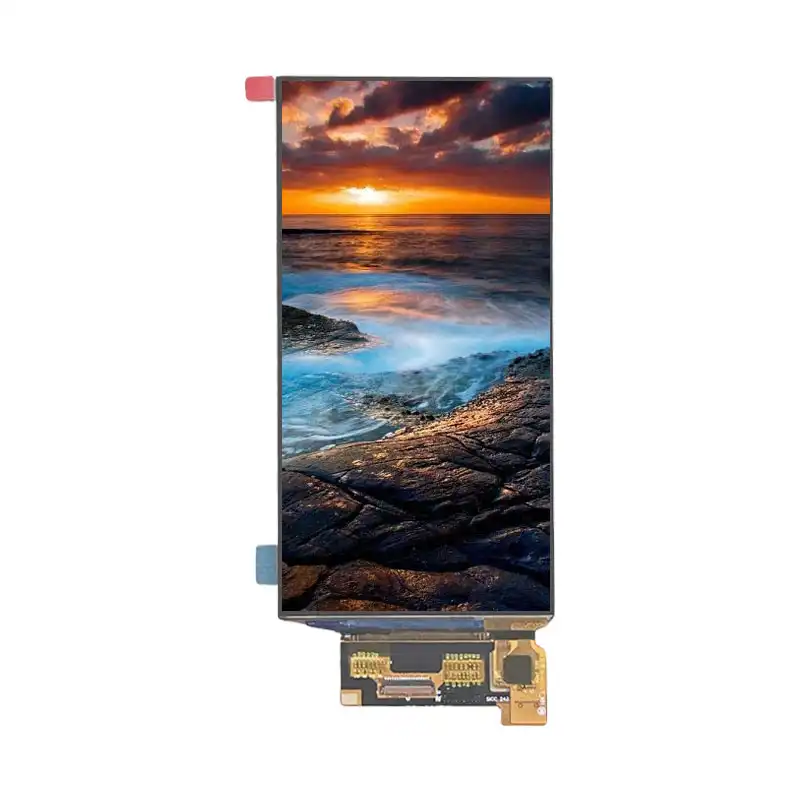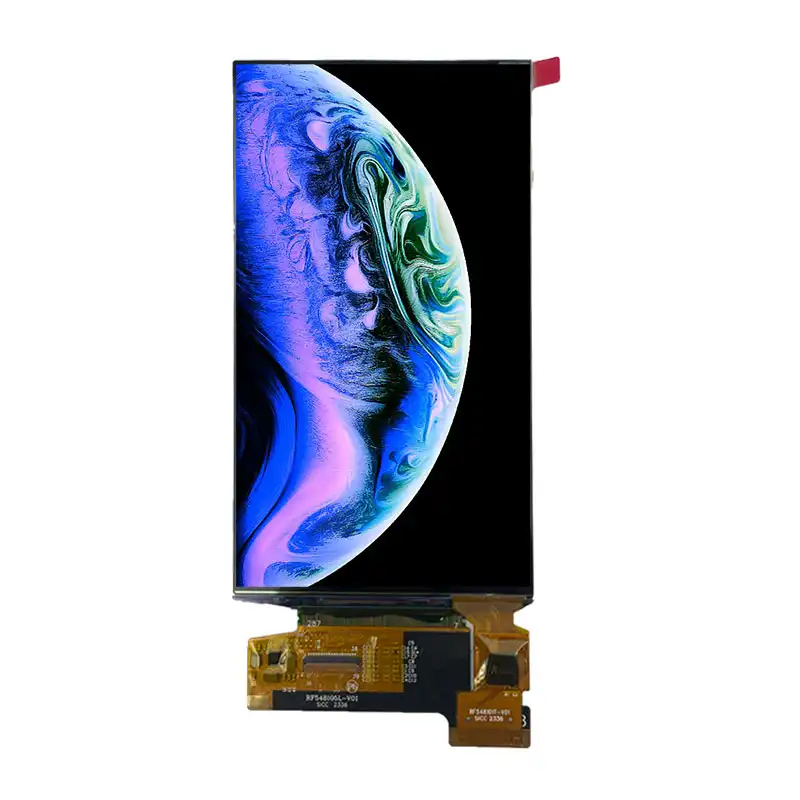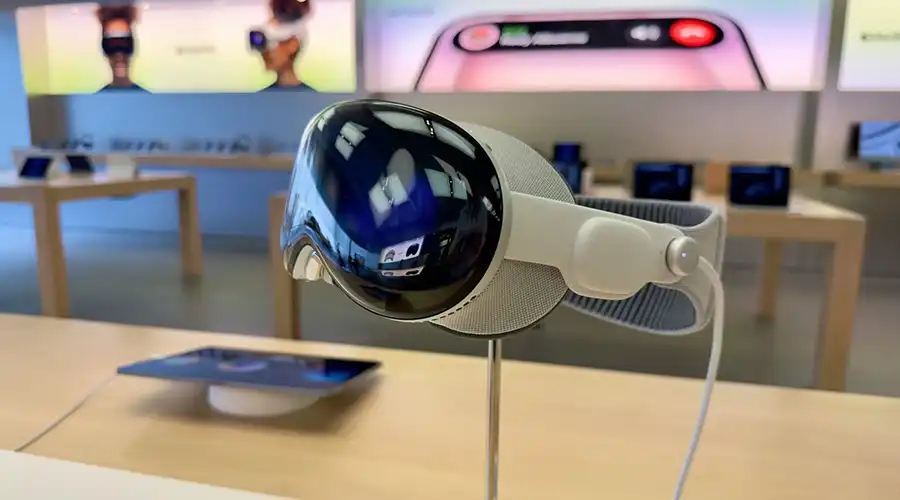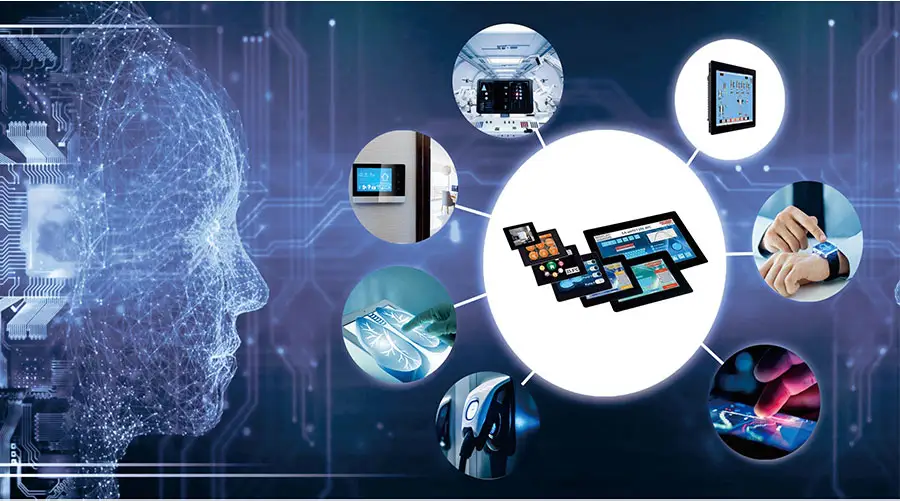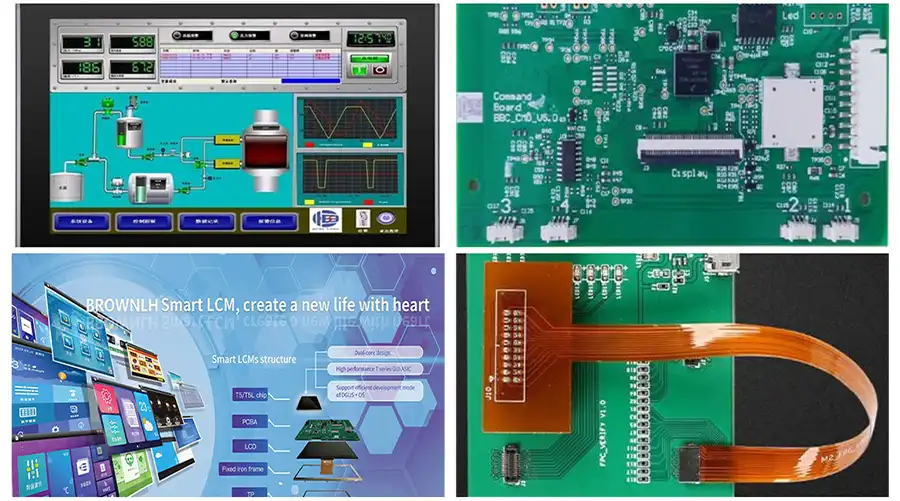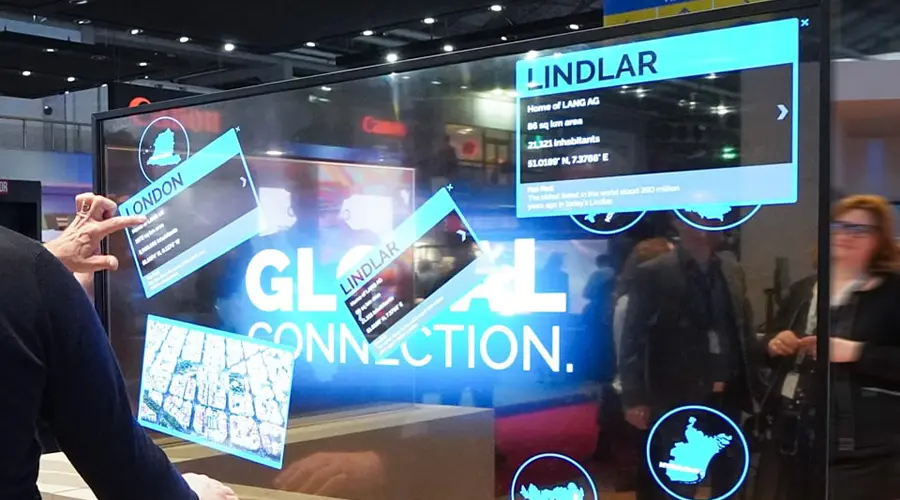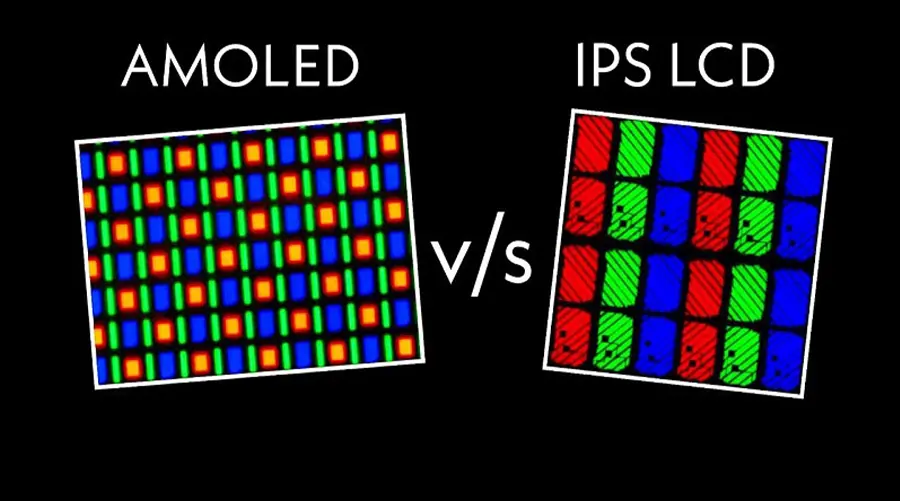By 2025, OLED (Organic Light-Emitting Diode) technology has transitioned from luxury smartphone displays to the foundation of a new visual era. No longer confined to flat rectangles, OLED now powers wearables, medical patches, automotive dashboards, and immersive AR interfaces. Its self-emissive pixels — producing light individually — enable ultra-thin, flexible, and energy-efficient displays that shape how humans perceive digital information.
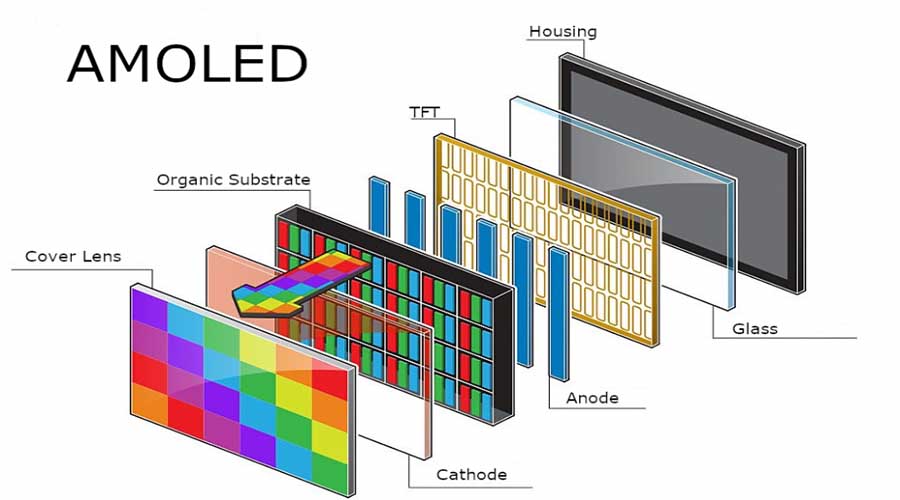
1. The Evolution of OLED
Once a niche research subject, OLED matured through the 2010s as display giants refined materials, deposition processes, and drive electronics. The early 2020s witnessed commercialization beyond mobile devices — foldables, automotive glass panels, and transparent signage. By 2025, OLED had split into multiple specialized branches: traditional AMOLED for mobile, microOLED (OLEDoS) for AR, and hybrid printed OLED for large, sustainable fabrication.
Unlike LCDs, OLED emits its own light per pixel, eliminating backlights. This reduces thickness, improves contrast (true blacks), and allows for flexible or transparent substrates. Modern OLEDs incorporate LTPO backplanes, advanced encapsulation, and AI-based compensation to mitigate burn-in. Combined, these qualities make OLED the most human-centric display medium ever created.
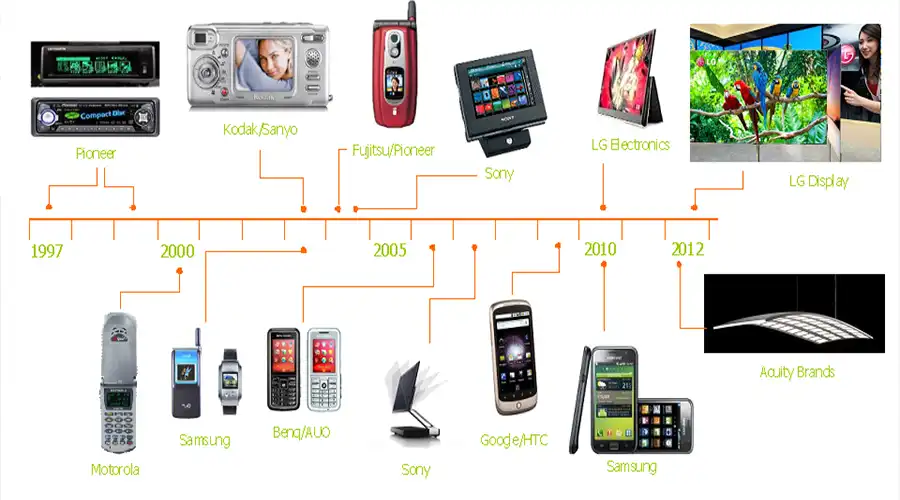
2. OLED in Wearables
Smartwatches and fitness trackers were the earliest mass-market validation for OLED. The curved, vivid, low-power displays enabled ergonomically sound devices with superb readability in outdoor settings. The flexibility and color precision of OLED perfectly fit wrist-mounted or textile-integrated use cases.
By 2025, wearable OLEDs have advanced to micro-thin modules embedded into medical sensors and skin patches. Real-time glucose, hydration, or oxygen monitoring now occurs on surfaces that breathe and flex. These displays can even remain partially transparent—showing vital data on the skin without blocking natural tone.
“OLED wearables exemplify where technology meets biology — responsive, adaptive, and almost invisible.” – Dr. Aiko Sato, Biotech Lab Tokyo
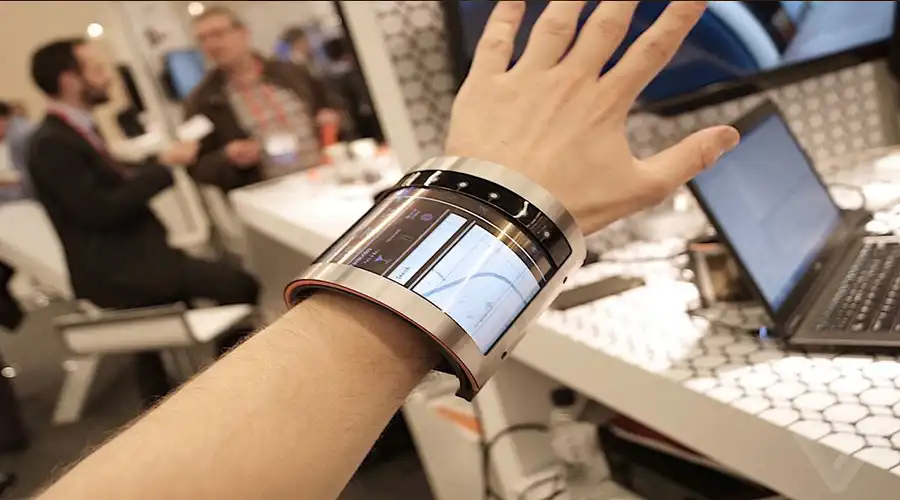
3. The Leap to AR Glasses
The 2025 AR revolution owes its realism to OLED-on-silicon (OLEDoS) technology — microdisplays with pixel densities exceeding 4000 PPI. These panels fit inside lenses mere millimeters thick, projecting crisp overlays across the user’s natural field of view. Unlike laser or LCD-based HUDs, OLED’s instantaneous contrast and deep black blending let virtual elements coexist believably with real-world objects.
The consumer market now enjoys lightweight AR eyewear capable of persistent data overlays — navigation arrows on roads, live captions in conversations, or contextual translation in travel. OLED’s self-luminous structure ensures privacy, rendering images visible only to the wearer’s pupils. Industries from surgery to engineering use similar optics for precision overlays and low-latency collaboration.
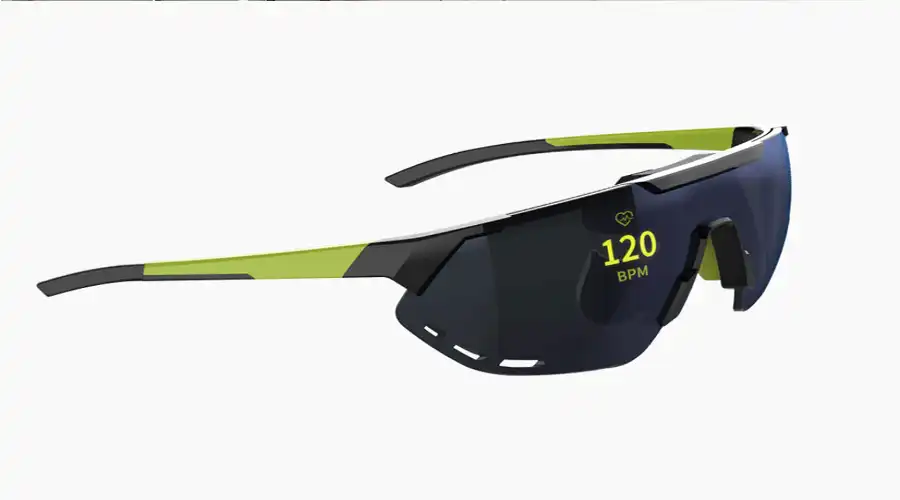
4. Transparency and Flexibility
Perhaps the hallmark of OLED design freedom lies in its material versatility. Transparent and foldable OLEDs now populate architecture, automotive dashboards, and appliances. Such displays deliver illumination and information without disturbing spatial design flows. Modern transparent OLEDs achieve over 70% light transmission, allowing unobstructed visibility behind onscreen graphics.
In industrial and vehicular design, OLED’s bendability permits dashboards and control panels to wrap around surfaces smoothly. Future concept vehicles already incorporate flexible OLED skins capable of displaying exterior signals, branding, or warnings directly on body panels. This is technology becoming texture—functional and aesthetic at once.
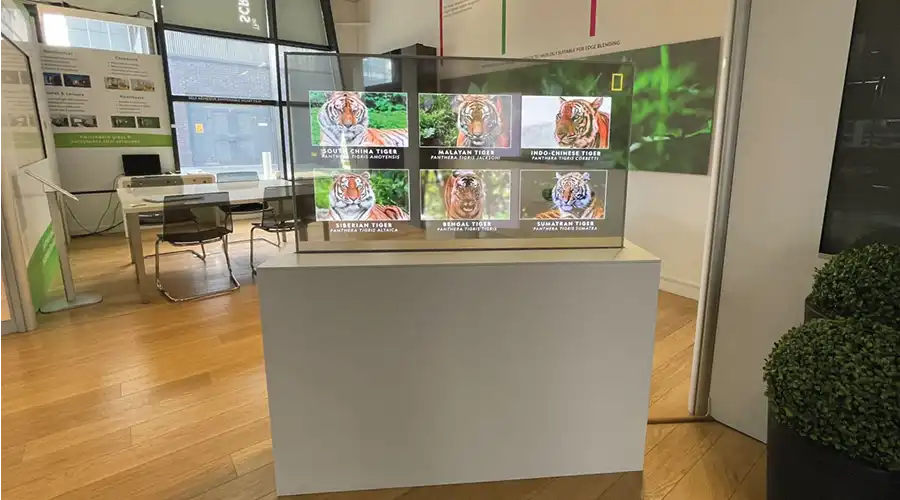
5. The Visual Aesthetics of OLED
OLED’s impact on human emotion is profound. The infinite contrast ratio—true black against vibrant hues—mimics the way our eyes perceive natural light. Designers leverage pixel-level dimming to craft interfaces that breathe rather than blink. Notice how smartwatch notifications fade in softly, or AR arrows ghost into view as if whispering directions rather than commanding attention.
Em Entretenimento e Narrativa
O setor de entretenimento utiliza a tecnologia OLED em instalações cinematográficas de realidade aumentada, onde as telas servem como superfícies dinâmicas para contar histórias. A baixa latência e o desfoque de movimento praticamente nulo elevam a experiência imersiva em jogos e ambientes de produção virtual, diluindo as fronteiras entre as taxas de quadros físicas e digitais. Artistas agora pintam com luz diretamente — pixels como pinceladas da imaginação.
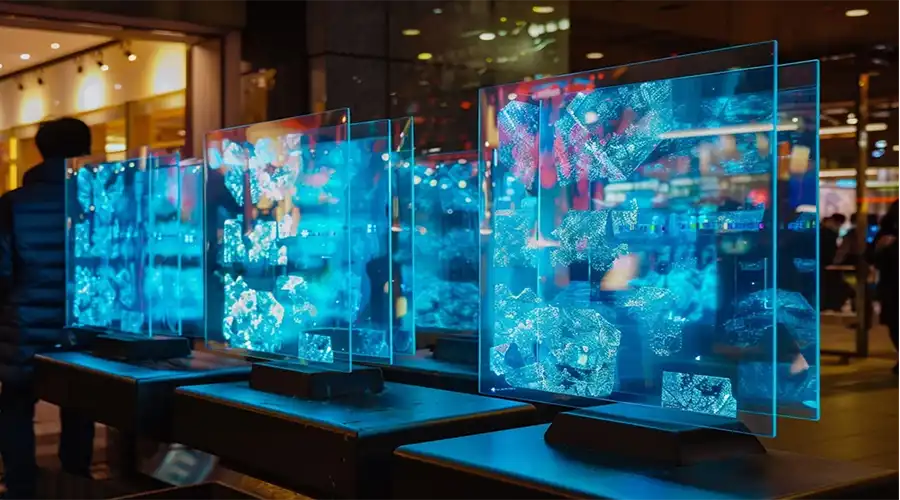
6. Sustentabilidade e Eficiência
A pegada ambiental dos OLEDs continua a diminuir à medida que tintas orgânicas imprimíveis e substratos recicláveis substituem a deposição a vácuo, que consome muita energia. Sem retroiluminação e com menor dependência de metais raros, os dispositivos OLED consomem menos energia. As empresas estão explorando polímeros de base biológica para camadas emissoras de luz e grafeno para eletrodos transparentes, fomentando uma economia circular de materiais.
Enquanto isso, as tecnologias de gerenciamento de energia — como atualização adaptativa, iluminação ativada por movimento e estados de hibernação profunda — prolongam o ciclo de vida dos dispositivos. Filmes OLED flexíveis também permitem reparos modulares, reduzindo o lixo eletrônico. Sustentabilidade não é mais um termo de marketing; está incorporada ao DNA do OLED.
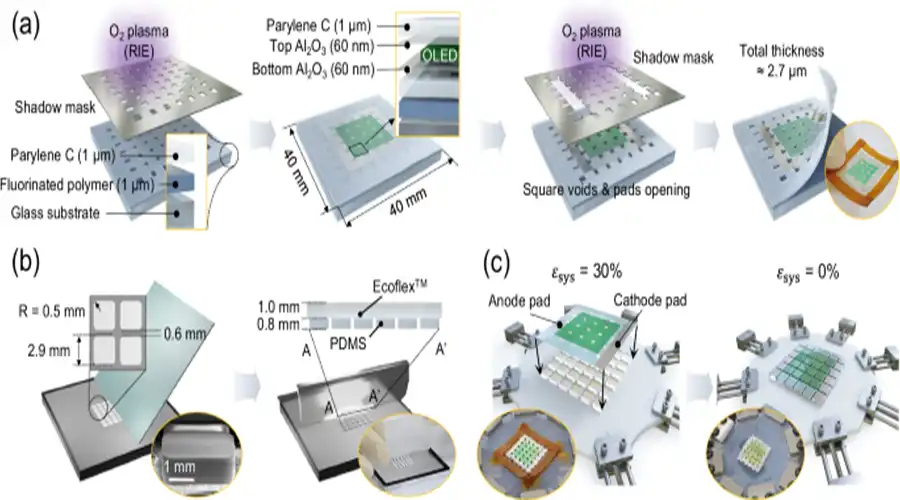
7. O Futuro – Rumo à Inteligência Ambiental
A era “pós-tela” está surgindo. Os displays OLED estão se integrando aos ambientes materiais, possibilitando a inteligência ambiental. Paredes, espelhos e objetos agora carregam lógica emissiva de luz. A adaptabilidade do OLED transforma cada superfície em uma interface contextual — sutil, centrada no ser humano e reativa à presença.
A pesquisa se acelera emOLED de ponto quântico (QOLED)emicro-OLEDs fotônicosque ajustam o brilho e o espectro de acordo com cada olho. Imagine óculos que se ajustam automaticamente às temperaturas de cor do ambiente, ou camadas de realidade aumentada que ajustam a profundidade de foco dinamicamente. À medida que as fronteiras visuais se dissolvem, o OLED se torna não apenas uma tela, mas o próprio meio da percepção.
“O destino do OLED é a invisibilidade — quando a tela e a realidade se tornarem indistinguíveis.” – Hiroshi Tanaka, NEXVision Labs
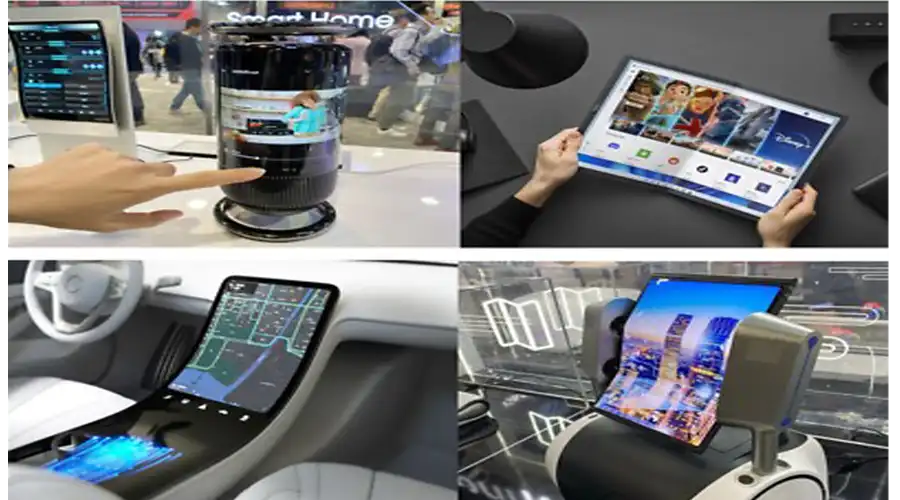
Perguntas frequentes
O que causa a queima de OLED e como ela pode ser evitada?
A queima ocorre quando materiais orgânicos se degradam de forma irregular devido à exibição prolongada de imagens estáticas. A prevenção inclui o uso de escurecimento automático, tempo limite de tela, deslocamento de pixels, escurecimento de logotipos e evitar brilho alto para conteúdo estático.
Os displays OLED são adequados para ambientes externos ou de alto brilho?
Os OLEDs padrão têm dificuldades sob luz solar direta. No entanto, os modelos de 2025 apresentam brilho aprimorado e revestimentos antirreflexo. OLEDs especializados de alta luminosidade estão reduzindo essa diferença com os Mini-LEDs em termos de visibilidade à luz do dia.
Quanto tempo os displays OLED costumam durar?
A vida útil das telas OLED modernas varia de 50.000 a 100.000 horas antes de atingirem metade do brilho (L50). Novos materiais emissores de luz azul prolongam ainda mais esses valores, tornando a vida útil comercial comparável à das telas LCD.
Os OLEDs podem ser usados em telas sempre ativas?
Sim — a tela OLED é ideal para AOD (Always-On Display) porque apenas os pixels acesos consomem energia. Usar baixo brilho e alternar o conteúdo periodicamente minimiza o envelhecimento diferencial.
Qual é a diferença entre AMOLED e PMOLED?
A tecnologia AMOLED utiliza uma camada TFT de matriz ativa para alta resolução e taxa de atualização rápida, ideal para smartphones e dispositivos vestíveis. Já a tecnologia PMOLED aciona as linhas e colunas de pixels passivamente, sendo mais adequada para indicadores pequenos ou estáticos com menor custo.
Os displays OLED suportam funcionalidade de toque?
Últimos artigos
-
Por que as telas AMOLED de 1 a 2 polegadas são essenciais para AR/XR em 2025
Por que as telas AMOLED de 1 a 2 polegadas estão se tornando essenciais no boom da AR/XR (Análise do setor para 2025)
-
Understanding OLED Display Technology: Principles, Performance & Applications
OLED (Organic Light Emitting Diode) displays are a class of self-emissive display technology in whic
-
From Wearables to AR Glasses – How OLED Displays Are Redefining Visual Experiences in 2025
By 2025, OLED (Organic Light-Emitting Diode) technology has transitioned from luxury smartphone disp
-
Displays LCD de barra esticada para varejo: aumente as vendas e o engajamento em supermercados
Descubra como os displays LCD de barra esticada melhoram o marketing nas prateleiras dos supermercados, impulsionam as vendas e reduzem
-
Stretched LCD Solutions for Restaurants and Hospitality Venues
Os LCDs esticados oferecem telas elegantes e de alto brilho, perfeitas para cardápios de restaurantes e serviços de hospitalidade
Recommended products
-
2.0-Inch Square HD OLED AMOLED Module 460 X 460 QSPI Interface
Módulo de exibição AMOLED de 2,0" com interface QSPI para sistemas industriais e embarcadosEspecificação principal
-
Tela OLED de 2,06 polegadas | Resolução 410×502 | 600 Nits | Tela SPI
O módulo de exibição AMOLED de 2,06 polegadas foi projetado especificamente para ambientes industriais adversos, com
-
Módulo de tela AMOLED de 7,0 polegadas | 1280×800 de alto brilho
O módulo de exibição AMOLED de 7,0 polegadas é uma solução de exibição de alta resolução e ampla visualização projetada para
-
Tela AMOLED de 8,0 polegadas 2480×1860 MIPI DSI-BROWNOPTO
Módulo AMOLED FHD de 8,0" com resolução de 2480×1860, interface MIPI DSI e SPI touch. Ideal para aplicações industriais.
-
Tela AMOLED de 6,0 polegadas 1080×2160 MIPI - BR600108-A1
Módulo AMOLED FHD+ de 6,0" com resolução de 1080×2160, interface MIPI de 4 vias e brilho de 360 nits. Ideal
-
Módulo de exibição AMOLED de 5,5 polegadas – Painel LTPS MIPI de alta resolução
Página do produto do módulo AMOLED de 5,5" O módulo de exibição AMOLED de 5,5 polegadas

